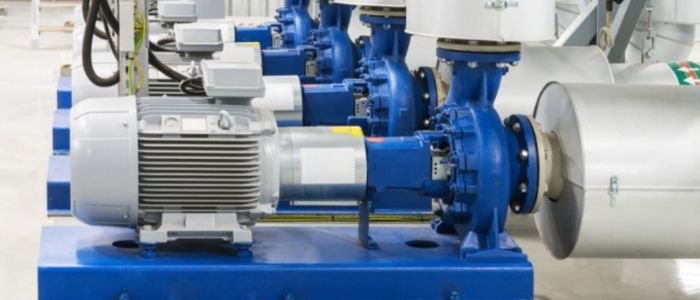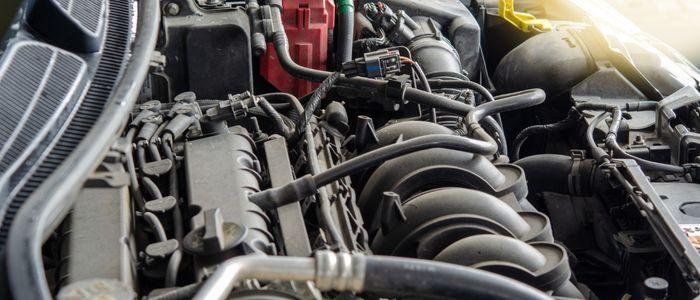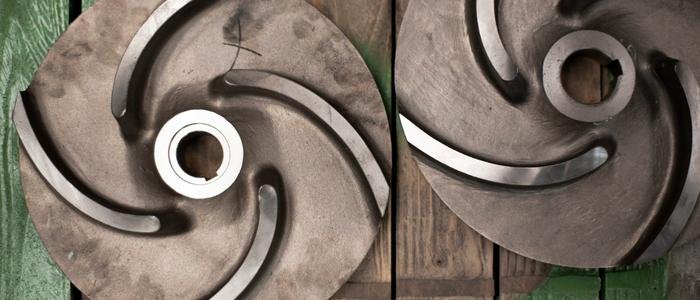A special kind of pump called a “slurry pump” handles the slurry. Slurry pumps are made of stronger materials and wear and tear faster than water pumps.
Technically speaking, slurry pumps are a significant, powerful variation of centrifugal pumps that can handle demanding, abrasive operations. Slurry pumps are substantially easier to design and construct than other pumps.
This post will describe the remarkable features of the slurry pump from Kingda. Stay tuned!
What is a Slurry Pump

A specific kind of water pump called a slurry pump is used when solids are unintentionally or knowingly suspended in water. Slurry pumps use an impeller to rotate water, much like centrifugal pumps. Depending on the use, rotation controls particles and keeps solids from getting into other mechanical parts and damaging or corrupting them.
In other situations, the slurry pumps keep solids in a liquid medium without letting them settle or further separate from the liquid. Some substances and other materials must be suspended in water for safe transportation.
The pumps are used to keep the broken substances in motion.
Even though there are many kinds of slurry pumps on the market, the basic way they work stays the same. A high-pressure casing with a typical semi-spiral design houses the pump.
Several drive mechanisms that turn a shaft and bearing assembly are housed inside the case. Along the shaft are impellers and vanes that help create the centrifugal force needed to spin the slurry. When the driving parts are turned on, the bearings keep the shaft turning smoothly and steadily while the impeller stirs or spins the slurry.
What are the Components of a Slurry Pump
A cooling jacket should be added if the slurry pump is used semi-submerged or dry for an extended period.

Motor
It might be powered by electricity or hydraulics. Maintaining a cool temperature for the submersible electric slurry pump is essential. Heavy-duty electric submersible slurry pumps should have a motor with Category H insulation. They may also have sensors that detect high temperatures and humidity.
Impeller
The impeller is the portion of the slurry pump that rotates. The slurry is subjected to centrifugal force. They are typically made of abrasion-resistant spheroidal cast iron with high chromium content. There are closed, open, semi-open, and recessed impellers.
Fluid comes in through the eye, which is the hollow middle part of the pump. It then meets the rotating blades. It gets tangential and radial speeds from momentum transfer with the impeller blades. It gets more radial speed from so-called centrifugal forces since it doesn’t have enough centripetal forces to keep going in a circle.

Casing
The shape of the container is typically concentric or semi-volute. Although it is generally cast iron, the material may vary depending on the application. Additionally, it may be coated to prevent corrosion or constructed from specific metals for abrasive purposes.
The shaft conveys the motor’s rotational motion to the impeller. Installation of Shafts and Bearings. Heavy-duty roller bearings on the shaft stop the shaft from moving in other directions, which reduces vibration.
Shaft Sleeve
Its purpose is to safeguard the shaft. The shaft sleeve is made of a material resistant to corrosion and abrasion.
Seals Package
The sealed package keeps the slurry out of the motor and bearings. Lip seals, mechanical seals, or a combination of the two may be used on the sealed container.
Upper and lower wear plates
On both sides of the impeller are these plates that are likely to break down. The clearances in the pump are set up so that it works as well as possible.
Strainer
The filter prevents big particles from adhering to the pump’s impeller and causing potential damage.
The pump may pick up sediments while suspending solids thanks to the agitator. The vanes direct a constant, high-pressure flow of liquid in the shape of a cone toward the deposits, moving the solids there and producing a high solid concentration.
Diffuser
The scroll is a snail-shaped diffuser that slows down the fast-moving fluid as it leaves the impeller blades’ trailing edges. So, the pressure of the liquid goes up even more.
The vanned diffuser ring
It has a series of vanes arranged to make passages wider as they go around. Around the impeller, this ring comprises several vanes. Flow from the vaned diffuser is collected in a volute or circular casing and sent through the discharge pipe.
Axially Flowing Pump
Dynamic pumps also include axial flow pumps. In axial flow pumps, the liquid is drawn in from the inlet pipe in an axial direction and moves in a tangential direction. No radial part is present. That can’t happen because of the housing around the impeller. One important thing to remember is that straight vanes don’t work in axial flow pumps. Only curved vanes can make the pressure rise.
Additionally, the agitator prevents particles from clogging the pores of the filter.
How things work
Think about a flat plate with oblique vanes; when the plate moves to the right, the liquid in the channel will be pushed outward. The new liquid will be sucked into the space in the vane channel that is still empty. Now, think about a round plate. The same thing happens. the flow seen around the world is axial.
What is the purpose of Kingda Slurry Pump Components?

In the mining industry, slurry pumps are often used in the beneficiation sector. Most facilities use fertilizers to clean up the land, mine with dredgers, and move coal and minerals long distances.
Kingda Slurry Pumps are
- simple to keep up
- low investment costs
- easy mechanism
- robust equipment
- Stainless steel is used to decrease deterioration.
How to take care of its Slurry Pump Components
The volume and pressure of the water in the bearing should be correct, the tightness of the packing should always be adjusted (or replaced), the shaft seal shouldn’t leak, and the shaft sleeve should be replaced as soon as possible;
These are procedures in taking care of the Slurry Pump components
- Make sure the lubricant is clean, and there is no dust on the bearing parts before you replace them. When the pump is running, the bearing temperature should typically stay below 60 to 65 degrees Celsius, and at most, it shouldn’t.
- Check the elastic pad in the coupling and in the right shape by checking it. If it’s broken, replace it immediately to ensure the motor and pump are all needed.
- Rest assured that the pipe system and pump parts are in the right place and are solid and reliable.
The slurry pump contains specific weak points. Keep an eye out for the loss of the more fragile components during routine use and promptly fix or replace them. When repairing or replacing the worn parts of a slurry pump.
- Ensure the assembly is correct and the gap adjustment is reasonable to avoid tightness. Always perform immediate checks to see if the suction port is blocked. Always perform quick checks to see if the suction port is blocked while in use.
Most of the things a slurry pump has to move are solid particles. This means that the grid in the pumping pool needs to be big enough to fit these particles while minimizing the risk of a blockage from too many particles or long fibers getting into the pump.
Slurry Pump Component Maintenance
Remember that water is terrible since it can lead to motor and bearing failure. By their very nature, seals do leak, but a little water is acceptable. The oil that contains a lot of water will have a milky appearance.
Your pump’s design can already have certain crucial elements that make it easier to spot water in oil. The moisture sensor is one of these features; put oil in it.
Early signs of damaged sealing include water in the oil. The sealing mechanism installed on your particular pump should be checked first. Try changing the sensitivity setting if you believe the moisture sensor gives you false alarms.
Therefore do the following;
- Check the oil regularly
- Conduct regular cleaning
- Do regular checkups
- Check sensor alarms and other parts of the pumps.

Functions of Slurry Pumps
They are often used in many different ways in many industries and can work well even in tough situations. Slurry pumps are helpful in the following sectors of the economy: Such as;
- Waste and Recycling,
- Chemical Mining Metals
- Industrial Minerals Construction Power
- Paper & Pulp
We can help you if you want to know more about choosing the best centrifugal pump for your business or if you need more help keeping your pumps in good shape.
Pumps have been active in this sector for many years. We help businesses grow their business sectors and reach their goals by putting together a team of knowledgeable, trained, and skilled workers.
If you want to know more about the Kingda Slurry Pump and its components, visit now!


